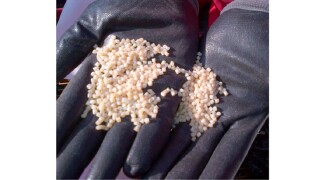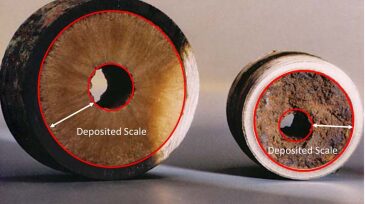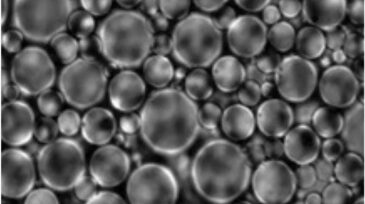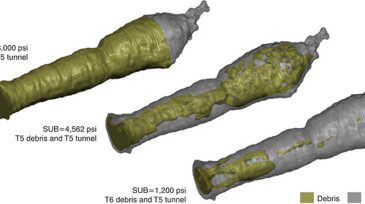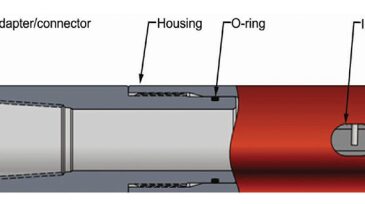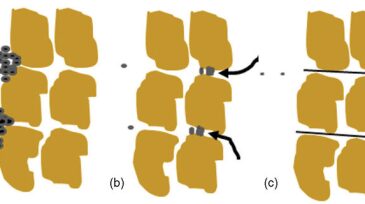Formation damage
This paper describes development of a high-temperature water-based reservoir drill-in fluid using a novel synthetic polymer and customized with optimal chemical concentrations and sized calcium carbonate.
In this case study, a geomechanics-based approach was used to create bridging and sealing at the fracture aperture using a biparticle self-degradable lost-circulation-fluid system.
This study explores enhancing gas production through a novel combination of prestimulation using a coiled tubing unit and high-rate matrix acidizing.
-
Scaling buildup inside wellbores is a serious production problem that dramatically reduces the well productivity index. This issue has a significant cost across the industry, mostly associated with loss of production or additional operations such as well intervention.
-
Formation damage: Do we always need to have a high focus on its prevention, or do occasions exist when it really does not matter?
-
A high-carbon-dioxide (CO2) carbonate gas field offshore Sarawak, Malaysia, is scheduled for development. Reservoirs in this region have an average clay content of 8%; more than 50% of this clay content is migratory illite, and 15% is migratory kaolinite.
-
This paper describes a coreflooding program performed with sandpacks at different permeabilities, water qualities, and injection conditions.
-
Because of inherent complexities, understanding the characteristics of perforations in downhole environments is a significant challenge. Perforation-flow laboratories have been used to provide insight into cleanup and productivity mechanisms around perforation tunnels.
-
This paper presents the planning and execution of a matrix-stimulation pilot project in the heavy-oil Chichimene Field in Colombia.
-
Coreflooding is one of the principal tools through which we qualify drilling and completion fluids and assess the potential for formation damage, but is it relevant? By “relevant,” I mean does it give an accurate portrayal of the likely performance of the selected fluids.
-
An extensive laboratory study was carried out with two objectives: to evaluate the effect of water quality on injectivity of disposal wells with reservoir core plugs and to restore injectivity of damaged wells.
-
The complete paper presents a numerical work flow to simulate the effect of flow-induced fines migration on production decline over time in deepwater reservoirs.
-
Asphaltene precipitation and deposition in production tubing and surface facilities are well-documented issues, and different methods are available to manage them.


